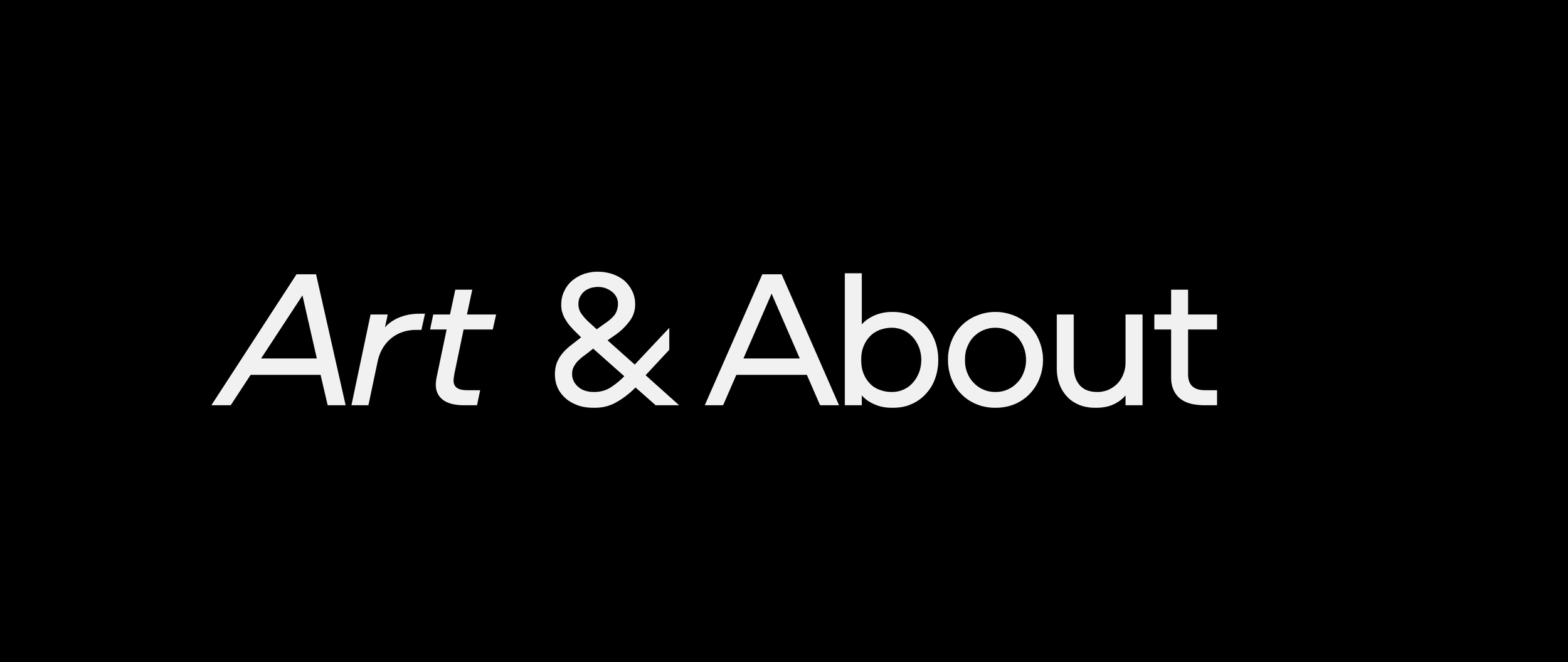Intimacy is a Two-Way Street: Thoughts on David Schell’s intimate, intimate
By JASON N. LE
The reemergence of painting today feels rebellious, perhaps even political. Maybe it never even fell dormant, rather it was shadowed in the wake of digital works: flat, two-dimensional flickers of mysterious lines and shapes that move and wiggle on a screen and disappear at the click of a lock button. And therein lies an advantage a painting will always have over its digital counterpoint— its tactile permanence, its physicality. Object-ness, if you will.
Installation image by the artist from intimate, intimate at Augen Gallery.
David Schell recently presented a substantial body of work at Portland’s Augen Gallery titled intimate, intimate. The exhibition presented a variety of smaller oil paintings on a variety of canvas shapes, operating under the premise of a dual definition of the word intimate: “Intimate as an adjective suggests an experience that is taking place away from the rest of the world; as a verb, on the other hand, it looks outward. To intimate is to invite the rest of the world (or at least one other person) in on a little secret,” from the artist’s own statement.
Schell’s paintings conjure obvious lessons from the Greenberg era of American painting. We look at his paintings and think of paint acting as paint, of shapes acting as shapes. They exist outside of referents, perhaps even stand defiantly against them. They force us to look at them for what they are, not for what they remind us of. In this light, the titling of the work feels irrelevant and perhaps unnecessary. They allude to referents known only to Schell and not to the individual viewer and almost dilute the aloof power of the works that shine prominently. But ultimately, they are no bother. There are larger things here to be grasped.
Periphery, 2021. Photos courtesy of the artist, by Mario Gallucci.
Boundary (or The Joy Of Uncertainty), 2021.Photos courtesy of the artist, by Mario Gallucci.
Temporarily suspending the issues of Greenbergian thought, Schell points to something fascinating in this regard. He has utilized painting not simply to paint but to create objects to be embraced by the senses and the psyche. Schell’s refusal of the expected sharp-edged rectangular canvas opens the door for perceptions of the work beyond a two-dimensional image and instead towards a decorated being that demands presence in our three-dimensional world. In a similar light, it’s hard not to think about Frank Stella’s Black Paintings, which forced his viewers and critics to look not at what the painting represented, but rather the painting itself as a whole entity. One feels compelled to no longer describe the works as paintings, but instead as objects.
The way in which these objects were decorated by Schell continues loosely in the vein of Greenberg-era painting, juxtaposing shapes of bold yet uncomplicated colors in order to create and maintain relationships not just between themselves, but also with the canvas. Inevitably this reminds one of Ellsworth Kelly. We look not at the shapes in isolation, as if floating aloofly in a void, but as they exist in regards to their surroundings. Their presence forces us to look at the rounded corners of the canvas to which they point, followed by the shadows that they cast, followed swiftly by their neighboring painting. It is impossible to think only of the individual elements. They are informed by each other, cohabiting a continual dialogue.
Of course, this is not to say that Schell is necessarily running the Greenberg course, with all of its issues and debates understood in a postmodern light, but the greater thoughts that emerged from it are, perhaps what Schell is chasing with these works.
Quiet power lies in these objects that Schell has presented. They invite us voyeuristically into the microcosm they have created for themselves that pushes back and forces us to zoom out of our main character energy to think about our relationship with our space and surroundings. Is the painting, or rather object, looking back at me as I look at it? What proximities are enhanced by my current positioning? In other words, where am I, and where are you?
David Schell (he/him) is an artist working in Portland, Oregon. He received an MFA from American University and a BFA from the School of the Art Institute of Chicago. His recent work is rooted in the idea that how we shape a context helps to determine how something is perceived. Recent exhibitions include intimate, intimate, and Temporary Fun at Augen Gallery in Portland, Oregon; End of the Beginning in Queensland, Australia; What Develops at The Floating Gallery in Portland, OR; Just Like This for a Little While at Oranj Studio in Portland, OR; the 60th Chautauqua Annual Exhibit of Contemporary Art in Chautauqua, New York; and Transformation Chase at the North View Gallery, also in Portland, OR.
Jason N. Le is a Vietnamese American writer and thinker based in Portland, OR. They hold a BFA from the Pacific Northwest College of Art and a BA from Portland State University.


